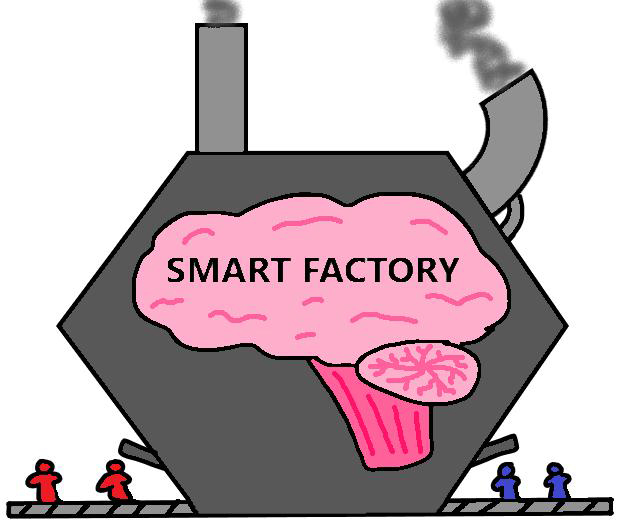Counterpoint: The School System: Creates Mindless Workers or Intelligent Beings?
February 3, 2023
The new year brings in a new school semester, as well as conversations surrounding the United States’ outdated school system. Whether or not the system does harm or good to its students has been a topic pondered for decades. Many speculators surmise that the system is synonymous to a human manufacturing factory which produces office-ready workers rather than creative, critical thinkers who would be able to flourish in their respective areas of interest. Though this comparison may be justifiable due to surface-level similarities between factories and the enormity of the school system, it does not consider the importance of schools to provide security for parents, as well as a variety of courses and extracurriculars made available for students.
This push for universal education and a systemic approach to teaching students grew alongside the demand for schools. As Jack Schneider and Jennifer Berkshire state in their conjoined book, A Wolf at the Schoolhouse Door: The Dismantling of Public Education and the Future of School, “…the factory-like aspects of schooling are chiefly a product of the enormous scale of public education.” Berkshire and Schneider make the argument that though schools grew in size, there was no such policy that determined a model of the school system which was based on the American industry at the time. Moreover, the pair claim that problems within the school system which are argued to be found in the factory model stem from the idea that all students should be treated equally, which does not pay attention and care for a student who is placed at a disadvantage as compared to their peers. Simply addressing superficial similarities between schools and industrial workplaces does not solve any problems the school system has at its core.
The issues that lie at the core of the school system remain due to the vertical integration of the branches in the system itself. Additional areas that schools manage such as transportation, childcare, extracurriculars, and athletics were added long after the first students were attending school, thus burying schools’ original intentions. Parents became more reliant on schools to occupy children while working long hours, and students needed more activities to stay busy. Creative outlets such as athletics or summer camps started being held by schools, which allowed students to articulate interest in hobbies. These extracurriculars allow for students to express themselves and develop communication and time management skills, as well as give students an insight to what they could choose as a job in the future.
Though extracurriculars are an excellent method of channeling one’s imagination and talents, the ability to choose courses, an option which is offered in districts across the nation, and offering a wide variety of electives, now allow for expanded knowledge and growth during school hours. Giving students the ability to choose courses is exactly the opposite of a factory-style institution, which promotes standardized replicas. Not only do students have schedules that differ from those of their peers, they are also given the opportunity to tinker with and alter their course list to their liking after testing for a few weeks. Sophomore Sage Moreno used this feature to their advantage. Moreno said, “Earlier in the school year, I took the opportunity to switch one of my courses before I was incredibly caught up in the curriculum. This switch prompted a greater interest in my new schedule.”
The school system does (of course) have flaws along with the other systems in place in the United States, but being based on a factory model is not one of them. Not only is this not historically recorded, but it is a shallow argument that does not consider the opportunities that children are given within the public school system, and does not factor in society’s clear dependence on the security of schools to take care of their children. While the system could obviously improve, in order to garner real, sustainable change, the system must be stripped and rebuilt to serve students in their best interests, which is unrealistic.


